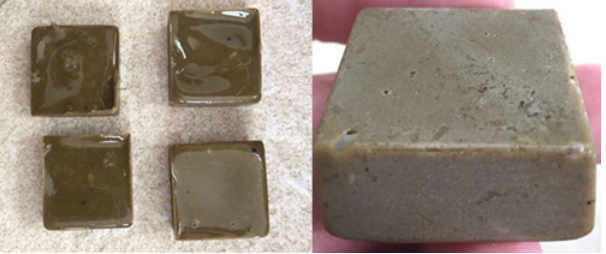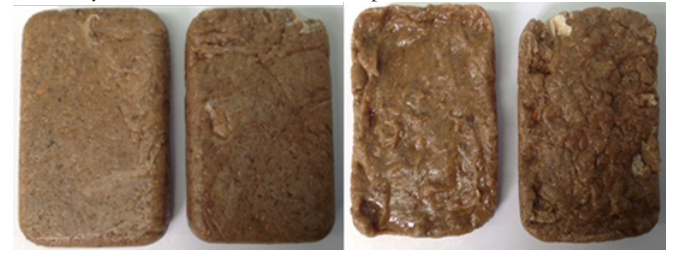Brazilian researchers are interested in furthering not only the benefits of 3D printing but also the advantages of PLA’s biodegradability for ease in recycling. Their findings are further outlined in the recently published, ‘Recovery and recycling of a biopolymer as an alternative of sustainability for 3D printing.’ With the intent to motivate users to follow through with mechanical recycling of PLA, the researchers have started a program to do so on their end at the Materials and Design Laboratory at University of State of Pará.
As the problem of trash and waste disposal—and the ever-growing amount of plastic—continues to be an enormous point of concern regarding our planet and the ongoing havoc humans wreak—alternatives must be considered for many different materials. Polylactic acid (PLA) is attractive to many users because it is a non-toxic, thermoplastic material—a biopolymer—and it is biodegradable due to its plant-based origins. While PLA and its other popular cousin in 3D printing, Acrylonitrile Butadiene Styrene (ABS) are both extremely popular, the business of materials is exploding within the industry—and with more prints comes more discards.
With PLA at least there is more of a head-start regarding a positive environmental factor, and users—as well as the industry overall—should realize their options in recycling and leaving behind even less of a footprint. The researchers were able to collect PLA from a local 3D printing services bureau for recycling, and material was separated out by color, and then dried. Afterward, they added wood granules and jute to the PLA material. The material was then melted and analyzed by the team.
“The addition of lignocellulosic reinforcements to thermoplastic polymers is environmentally interesting,” stated the researchers. “The wood waste can return to the production chain and can generate new products when added to thermoplastic resins. The jute fiber mainly used in packaging can now be able to generate other products with PLA biopolymer.”

PLA waste can be easily recycled due to the low melting temperature of this polymer. The tablets can be saved to use in other researches, or mixed with cellulosic fibers to consolidate composite plates.

Plates of PLA recycled with the addition of wood granules consolidate with no pressure, showing mold contact surface and the opposite surface, where we can observe that the fast cooling after leaked promote an irregular surface texture mainly on the free surface of the sample.

It is possible to observe the aspects of the plates produced with the recycled PLA with addition of jute fiber of 1.5 to 2,00 centimeter, consolidated under pressure, showing the regularity on the surface on both sides. For these samples light color waste was selected.
“Considering the problem of the increase of materials waste generated from 3D printing, a process that tends to become popular, and few researches were found in the literature focusing on the recycling of these materials, this work contributed to the identification the residue of PLA discarded in the digital manufacturing activities as a possible raw material for new products through the recycling process.”
“The waste recycling of 3D printing is a sustainability alternative for this activity; As future research it is proposed to carry out physical and mechanical characterization of the samples made from the recycled PLA,” concluded the researchers.
While recycling is an ongoing conversation around the world, it is especially emphasized in the realm of 3D printing where a wide range of plastics are used and often discarded. Researchers and enthusiasts around the world are engaged in innovative projects to recycle powder into filament, into prosthetics, and even metal stock into components for the military. What do you think of this news? Let us know your thoughts! Join the discussion of this and other 3D printing topics at 3DPrintBoard.com.
[Source / Images: ‘Recovery and recycling of a biopolymer as an alternative of sustainability for 3D printing’)
The post Brazil: Researchers Test the Potential of Recycling PLA for Greater Sustainability in 3D Printing appeared first on 3DPrint.com | The Voice of 3D Printing / Additive Manufacturing.



36 Replies to “Brazil: Researchers Test the Potential of Recycling PLA for Greater Sustainability in 3D Printing”
Comments are closed.